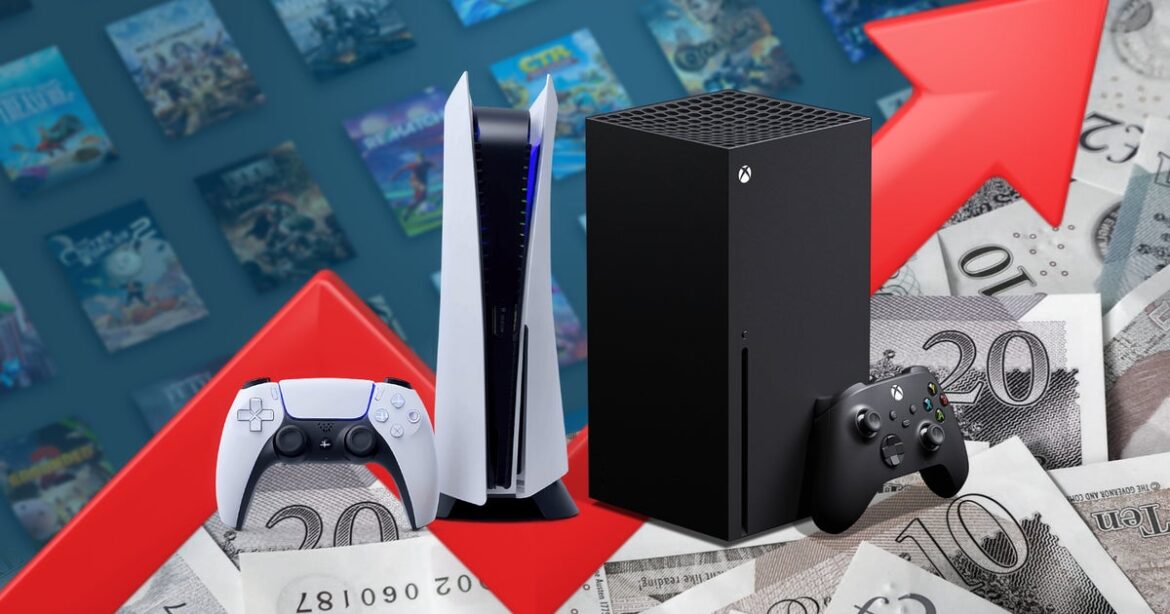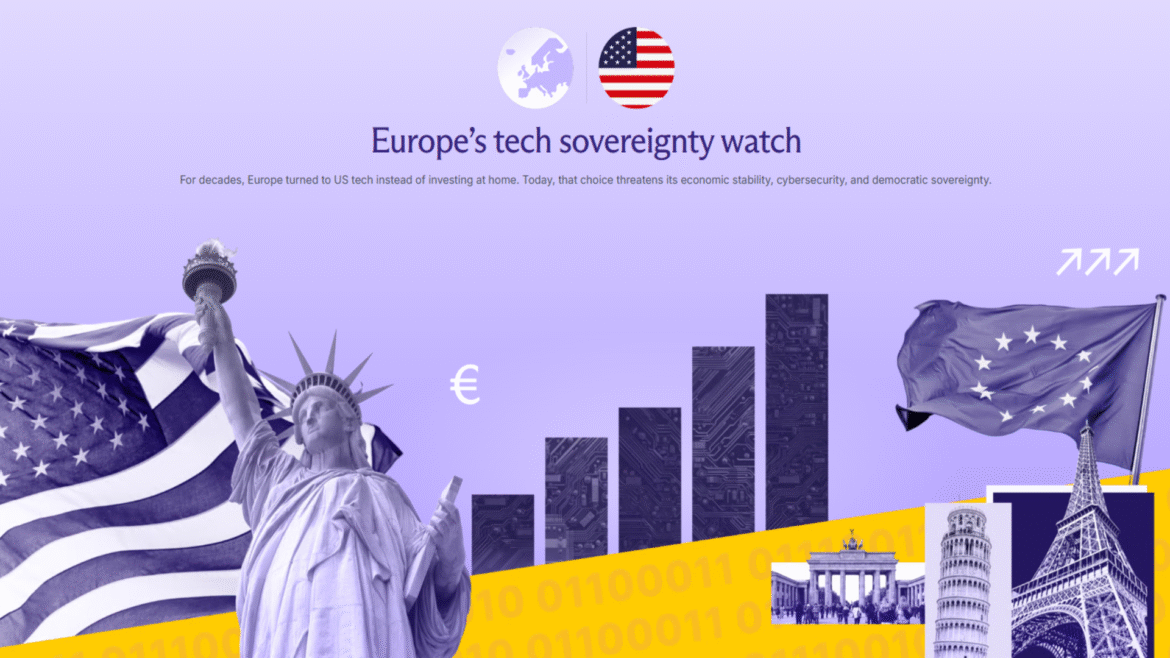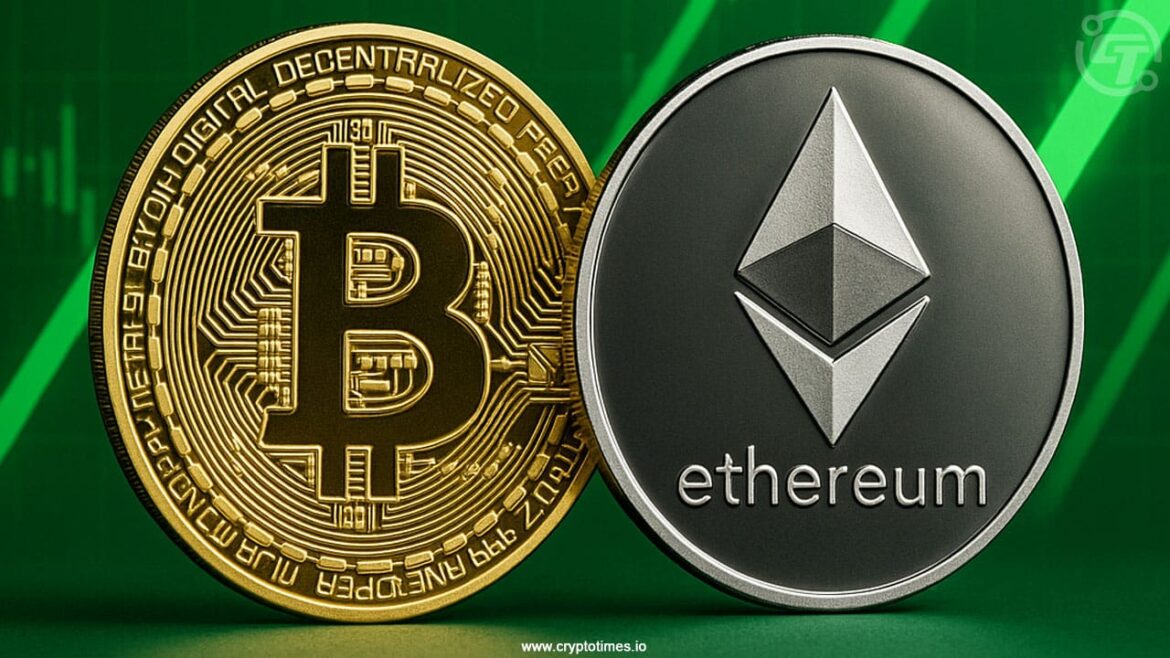We’re living in unprecedented times, and the future of consoles is in question. It’s because of their price. Five years after this generation began, the consoles have never been more expensive, and it’s not a pattern we’re used to. We’re used to prices going down – to manufacturing improvements shrinking both the physical size of the machines and their price. But not this time. This time, it’s different.
Today, it costs $150 more to buy a base Xbox Series X console in the United States than when the console launched (a price change came into effect there last week, on the 3rd October), and $100 more for an Xbox Series S. Meanwhile in the UK, it currently costs £50 more for an Xbox Series X, and £100 for an Xbox Series S, than it did at launch. And it’s not just an Xbox thing: PlayStation 5s have gone up in price as well, both in the US and in Europe. This is the first generation I know of where an early adopter could conceivably make money by selling a launch-bought machine.
Xbox has publicly committed to making a new generation of hardware, which will include a console of some form, and I expect Sony is well along on development of a new PlayStation, too. But how set and solid are these plans?Watch on YouTube
But is it just a blip? Could prices settle back down into a normal generational rhythm if the world calmed down a bit, and inflation and tariffs and other mitigating factors eased? Then again, what if they don’t – could this become the norm? Could prices even rise again? Who would be able to afford one? And if fewer people could afford them, does it make sense to keep producing them? Do the dominos begin to teeter and topple until we’re suddenly living in a world where no new console hardware is being produced?
I contacted a few experts to help me untangle this situation and figure out what it might mean. I spoke to US games industry analyst Mat Piscatella, who works for Circana Research; UK games industry analyst Piers Harding-Rolls, who works for Ampere Analysis; and respected Games Business journalist Chris Dring. And to start with the most dramatic suggestion first, that this could be a beginning of an end for consoles, each of them tells me the same thing: don’t panic.
“We’ve been here many times before in this industry,” says Chris Dring. “I remember when PC gaming was dead. I remember when handheld gaming was dead. Nobody is saying that today.” Piers Harding-Rolls adds: “The death of the console has been discussed for over almost two decades, but the business has continued to thrive.” And Mat Piscatella continues: “There will always be a market – at least for the foreseeable future – for shiny new consoles to play shiny new games locally on shiny new screens.” But there’s a but. Consoles aren’t out-and-out dead, but there’s enough going on that the business of selling them, and everything attached to it, is fundamentally changing. As Dring says, “The role of the console is shifting.”
Manage cookie settings
Before I dig into that remark, let’s take a quick look at why this is happening – why prices are rising. There’s been a lot of geopolitical instability in recent years. Wars, both real and trade wars, are driving up the price of making things up, and shipping them around the world. The most prevalent example is the high import tariffs US President Donald Trump is slapping on goods coming into the country, which means consoles or components manufactured outside of the US, as many are, have to absorb that extra cost.
But it’s not just a US thing. Everything is connected, and the general rise in inflation and the cost-of-living crisis has affected Europe and the rest of the world too. Microsoft, when announcing the 3rd October Xbox price rise, cited “changes in the macroeconomic environment” as the reason for it.
Sony pointed to “the backdrop of a challenging economic environment, including high inflation and fluctuating exchange rates” when it raised the European price of PlayStation consoles in May this year. And when Microsoft raised the worldwide prices of Xboxes in the same month, it pointed to “market conditions” as well. Undeniably, global economic conditions play a significant part.
But there’s also an element of choice here. Former Blizzard President Mike Ybarra made headlines recently when he said Microsoft was using the US tariff rises as an excuse. “Console price increases are not tariff issues, they are profit issues,” he said. “And the reason why profits are not where they should be is a far, far deeper issue vs. the tariff excuse.” No one is forcing Microsoft to put the price up, in other words.
“All of this is a choice,” agrees Dring. “Historically, platform holders have been willing to lose money on the hardware because they make it up in software sales, where the margins are made. But that equation doesn’t work as well in 2025.” Harding-Rolls expands on the same thought: “There is less appetite from the console companies to swallow the cost increases in the supply chain as there is more focus on profitability.”
In other words, when Microsoft began this generation with an extremely aggressively priced £250 Xbox Series S, and a £450 Xbox Series X, it was able to do it because it was sacrificing profit. It was taking a hit to its bottom line to tempt people into buying an Xbox, because the more people who did, the more people it could sell games (and subscriptions) to. But Microsoft struggled to sell Xbox Series consoles this generation – “some of the months this year, Xbox has been posting some of the lowest sales figures in its entire history,” Dring says – and couldn’t keep up with rival Sony and PlayStation 5. So it did the unthinkable and started publishing games on PlayStation 5 instead. After all, why not sell to that installed base as well?
It was another unprecedented move in a highly unpredictable era. “We’re not dealing with normalised market conditions at the moment,” Piscatella reminds me. All three experts readily accept that console prices could even rise again, in the US and beyond. “I would hope not, but I wouldn’t count it out,” says Harding-Rolls. But does that also mean prices could come down again? “I’d be reluctant to predict that in 2025,” says Dring.
Harding-Rolls isn’t sure we’ll ever go back. “I think there has been a sea-change in approach when it comes to delivering more profitable console hardware sales, which means I think the pricing lifecycle which used to see console prices at 50 percent of the launch price at the end of the lifecycle is a thing of the past. I don’t see prices coming down routinely now.”
I realise I’m painting a picture of a console market in disarray here, after reassuring you at the beginning it wasn’t doom and gloom. But there are, as all three experts point out, reasons to be cheerful. Nintendo Switch 2 is one of them. Switch 2 became the fastest-selling dedicated games machine ever this year, selling 3.5m consoles in a few days, and subscription services and microtransactions mean games companies are actually making more money, despite lower unit sales. “But there is a groundswell of concern from the industry,” says Dring.
Console sales are falling. Sales of this generation of Xboxes and PlayStations are lagging behind previous generations, and in the US, console sales are dangerously close to lowest years we’ve had in recent memory – 2006 and 2013 – Piscatella says. And obviously unattractive price increases will only speed that rate of decline. Whether or not Switch 2’s success will offset some of that is sort of beside the point, because the bigger, more worrying point is this: consoles are a mature market – they’re not a growing one. “Are consoles dying? No,” Piscatella says. “But it’s also not a growth segment, which is why the console manufacturers are trying to extend their offerings and IP well beyond the consoles themselves.”
Which brings us back to this: “the role of the console is shifting”. As Dring explains: “When we grew up, consoles were the entry-level product into gaming (well, those and arcades). That’s where you started your gaming journey. Today, that’s mobile and tablets. Game consoles are now premium devices. And as a result, the age-group of players is going up. So for the likes of Sony, Microsoft and Nintendo, the questions become… How can we ‘upgrade’ players from phones to consoles? How can we best serve an ageing player base? And what separates a console from a PC?”
Devices like Valve’s Steam Deck (no doubt inspired by Switch) have already offered an answer, attempting to bridge the gap with a handheld PC gaming device. And there are more companies coming to market with similar ideas, including Microsoft, with its imminent, Xbox-branded ROG Ally X, which will leverage the Play Anywhere (buy once, play on multiple platforms) idea. But Microsoft is also working on new Xbox hardware for the future, which apparently includes console hardware.
We live in unprecedented times – it bears repeating. We’ve watched a pandemic lock the world down and lead to a gaming boom, then recede like the tide, leaving tens of thousands of developers without jobs. We’ve watched as the price of game development skyrocketed to unsustainable levels, and we’re seeing nearly every facet of the traditional gaming industry – large-scale development, gaming media, publishing – struggle to adapt. Times are hard. Perhaps console gaming is irrevocably changing. Perhaps it already has.






